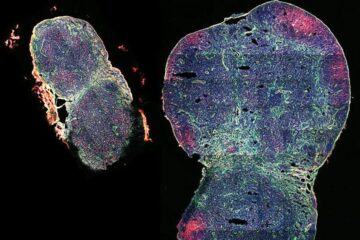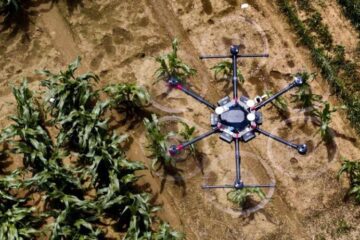Dinsaurrific!

The most comprehensive picture yet of how dinosaurs evolved has been produced by a team at Bristol University.
More than 1,000 species of dinosaurs have been named since the first skeletons were dug up in the 19th century, and unravelling their patterns of evolution has been a major area of research.
Since 1980, over 150 evolutionary trees of dinosaurs have been published, most of them looking at small groups of species. The Bristol researchers have put all of these smaller trees together to produce a supertree of 277 species of dinosaur, to be reported in the `Proceedings of the Royal Society, Series B` next week on April 30.
The research team includes Davide Pisani, an expert on supertree methods and computing; Dr Adam Yates, an expert on plant-eating dinosaurs; Dr Max Langer, an expert on the earliest dinosaurs; and Mike Benton, Head of the Department of Earth Sciences, Professor of Vertebrate Palaeontology and an expert on the origin of dinosaurs and evolutionary tree construction.
Professor Benton said: “It`s not complete, but it`s the most detailed and comprehensive single evolutionary tree produced for dinosaurs, and indeed for almost any other group.
“We hope the supertree will represent a solid framework for future study of dinosaur evolution and will stimulate and direct further studies towards the less well understood areas of dinosaur classification that are highlighted as branches in the supertree.”
Media Contact
More Information:
http://www.bristol.ac.ukAll latest news from the category: Earth Sciences
Earth Sciences (also referred to as Geosciences), which deals with basic issues surrounding our planet, plays a vital role in the area of energy and raw materials supply.
Earth Sciences comprises subjects such as geology, geography, geological informatics, paleontology, mineralogy, petrography, crystallography, geophysics, geodesy, glaciology, cartography, photogrammetry, meteorology and seismology, early-warning systems, earthquake research and polar research.
Newest articles

Insect research is revolutionized by technology
New technologies can revolutionise insect research and environmental monitoring. By using DNA, images, sounds and flight patterns analysed by AI, it’s possible to gain new insights into the world of…

Expanding a lymph node, boosting a vaccine
A biomaterial vaccine enhances and sustains lymph node expansion following vaccination, boosting anti-tumor immunity in an animal model. Each one of us has around 600 lymph nodes (LNs) – small,…

AI to Make Crop Production More Sustainable
Drones monitoring fields for weeds and robots targeting and treating crop diseases may sound like science fiction but is actually happening already, at least on some experimental farms. Researchers from…





















